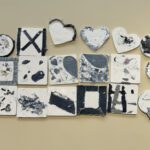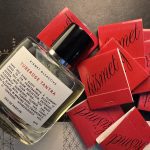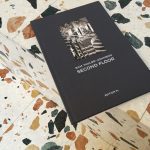There are countless books about Hong Kong — books on its people, its eclectic posture, its duality, and its beauty. A place of compressed richness, layered contrasts, and light that shifts by the second. This vibrant metropolis has long drawn the attention of renowned visual storytellers.
The first Dutch street style photographer, Ed van der Elsken — known for chasing youth and rebellion through cities like Paris, Amsterdam, and Tokyo — once landed here too. He saw Hong Kong through the lens of charisma and chaos, capturing a bright-lights-big-city feel. His style was direct and avant-garde. He showed great warmth and hope for old Hong Kong, which he described as the “prettiest of harbour cities” during his 13-month round-the-world trip.
While staying in Hong Kong for three weeks between 1959 and 1960, he captured the essence of its people and streets — from all walks of life. There’s a touch of familiarity in his images, and many fascinating “new” objects. Some customs and urban details are now long gone. When van der Elsken revisited his work in 1989, he noted, “you will see… not only the architecture that has changed, but a whole way of life, a tempo of life.” Through his eyes, viewers can rediscover a version of Hong Kong that has since slipped into memory.
But for me, one publication stands apart.
Vivid Hong Kong, released in 2011 by photographer Palani Mohan, is one of the first books to take mobile photography seriously. Composed entirely on an iPhone — long before filters and editing apps shaped our gaze — it marked a shift. Not just in how visuals are made, but in how close we can get. There’s a raw energy to his work. Mohan once said, “A big part of my work is looking for the magic in the small things that surround our lives.” In this peninsula city that never sleeps, rapid transformations continually reshape the urban landscape. Some architecture and locations remain. Landmarks of memory.
One image in particular stays with me — a quiet underpass that curves beneath the road and leads gently up to a park, connecting my father’s Tsuen to the more urban part of Sheung Shui. My mum used to walk there daily. It was her passage — part of her rhythm, her solitude. Sometimes we walked it together.
When I saw that same underpass in Vivid Hong Kong, I felt so emotional. It was more than a visual echo, framed without warning. That stretch of concrete, in a distinct Hong Kong green, suddenly felt like sacred ground. Recently, I’ve tried to document it too. Not to recreate Mohan’s view, but to hold something of hers. As if by being there, where she once walked, camera in hand, I might still meet her.
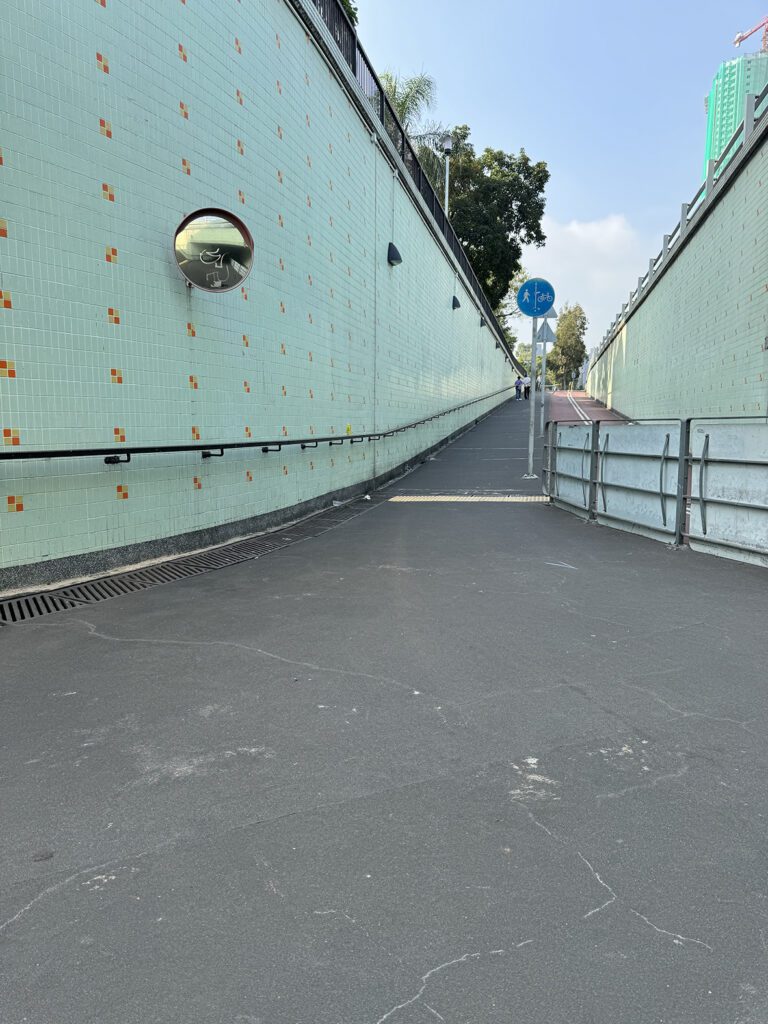
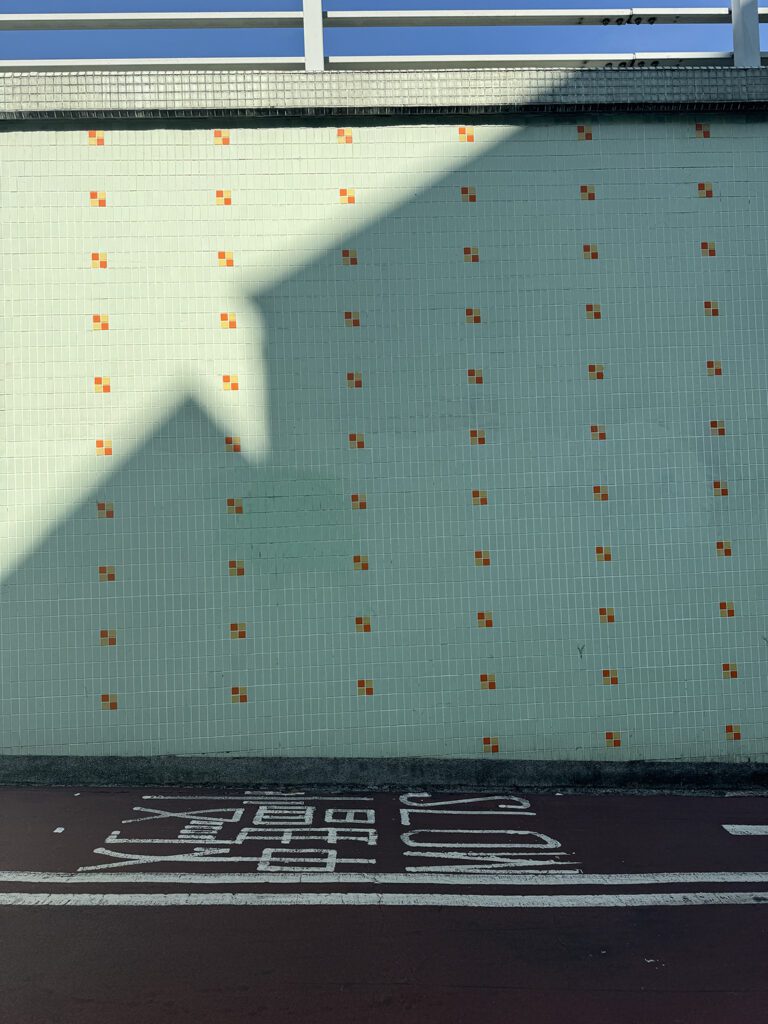
Another quiet keeper of Hong Kong’s soul is the cat. Dutch photographer Marcel Heijnen documents the city’s beloved feline companions who rule their own miniature kingdoms — nestled among incense coils, dried seafood, and paper offerings. He captures cats in the surroundings of iconic Hong Kong shops. Local family-owned stores like the ones my mum loved, filled with stories and scent. There’s a shared tenderness in these scenes. We both loved cats. I still do.
In Sheung Shui, there’s a small striped cat who sits in front of the Liu Ming Tak Tong Ancestral Hall. The last time I passed, she meowed more than usual and gently pressed her head against me — for quite some time. As if she knew it might be the last time — for now — that she would see me. I always say hello. I like to think she remembers me. Maybe that’s why I notice maneki-neko wherever I go — those small cats by the counter or door. Not just symbols of luck, but something familiar. Familiar faces in a home away from home.

All visuals in this piece are taken by Palani Mohan and the author.
For further reading and more:
www.palanimohan.com
www.edvanderelsken.nl
instagram.com/chinesewhiskers

